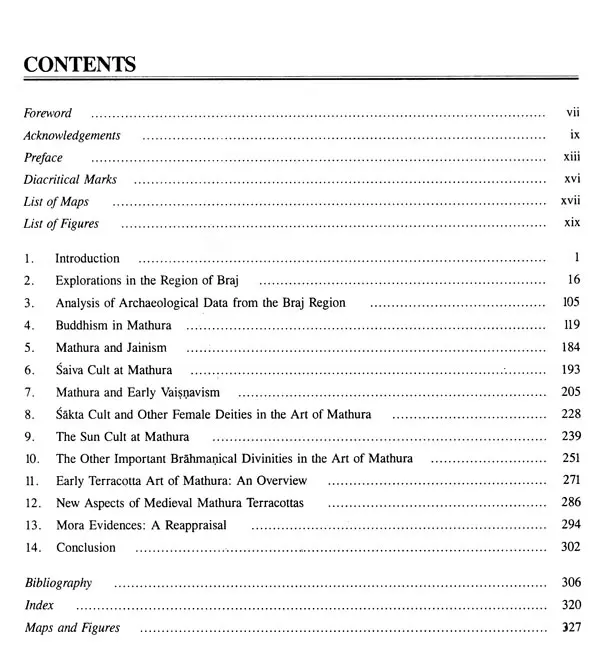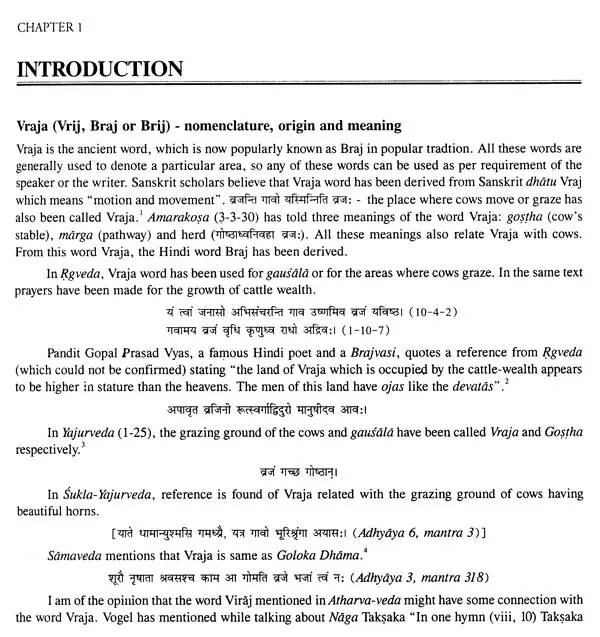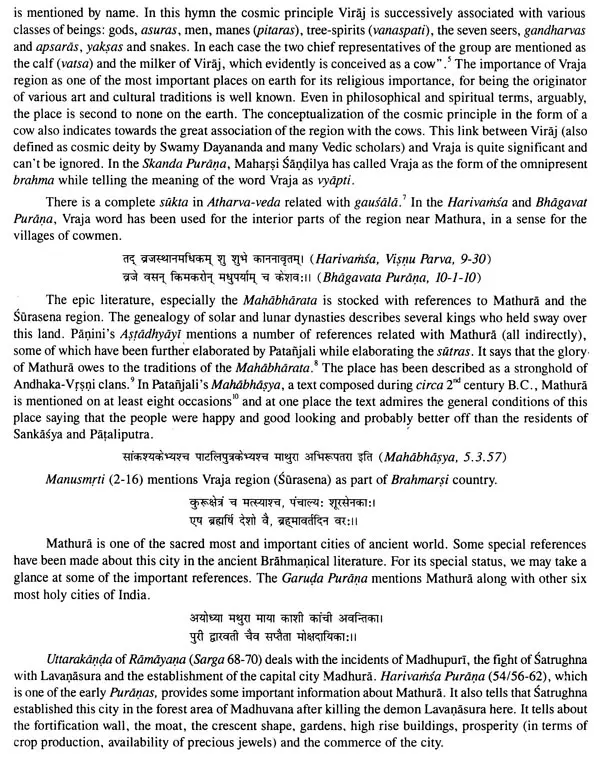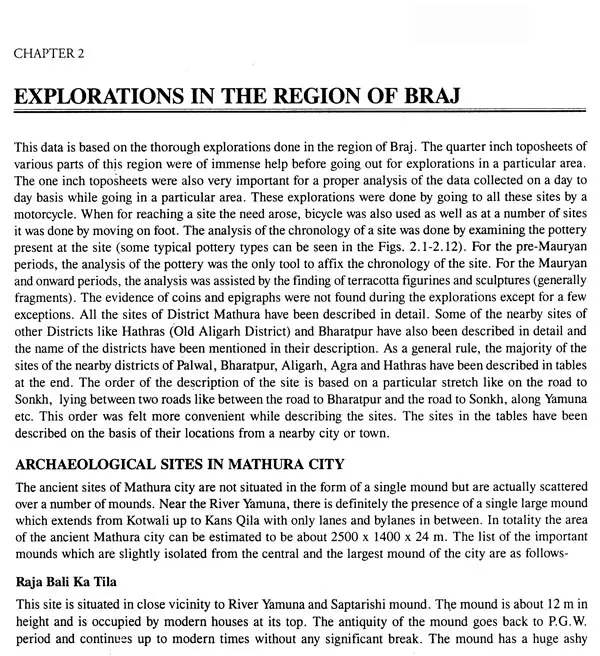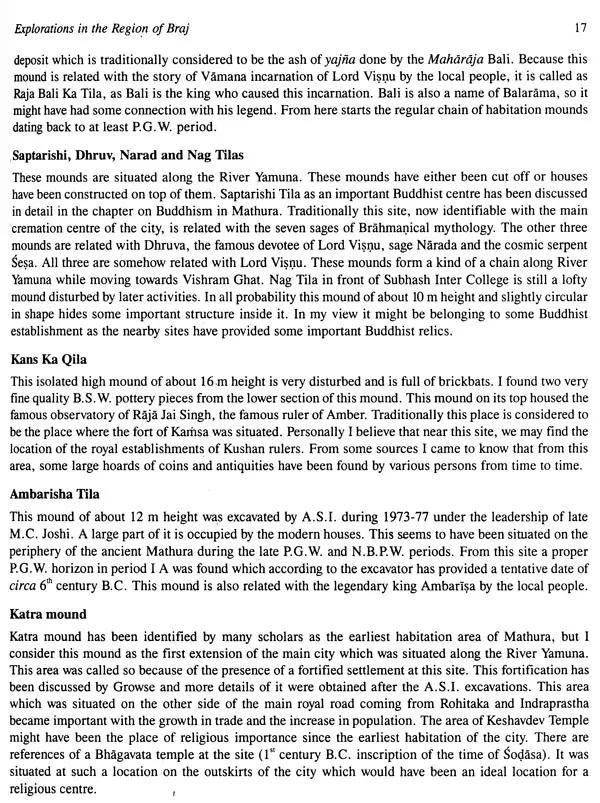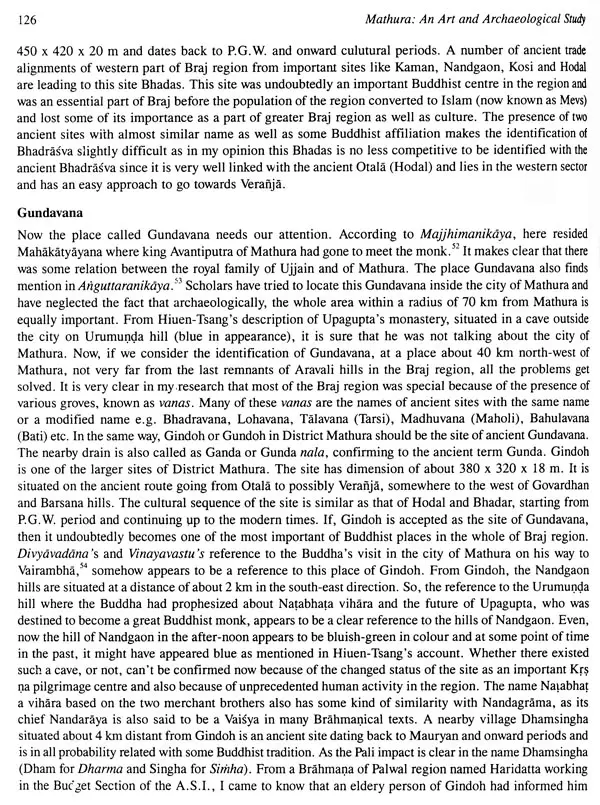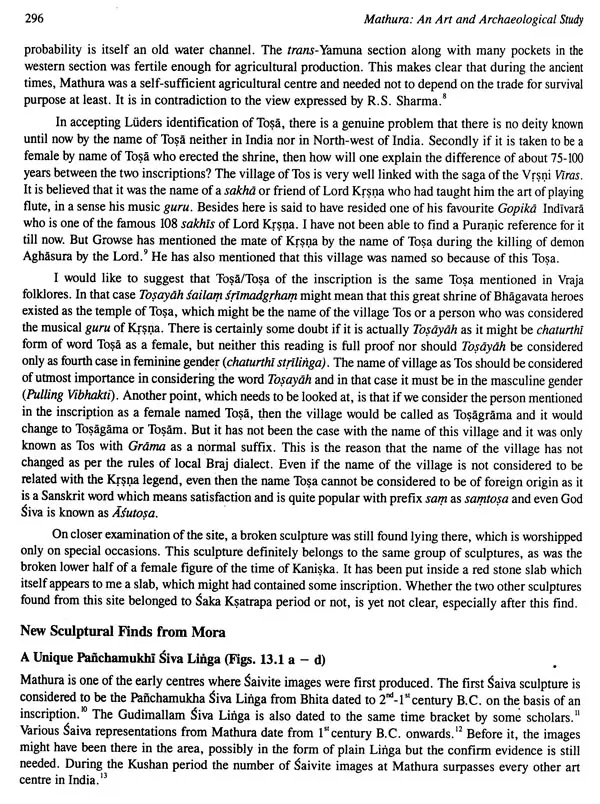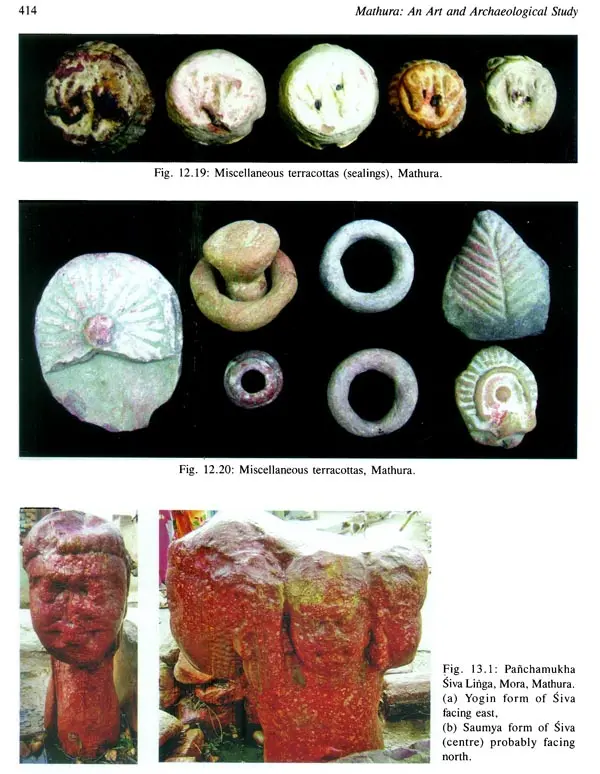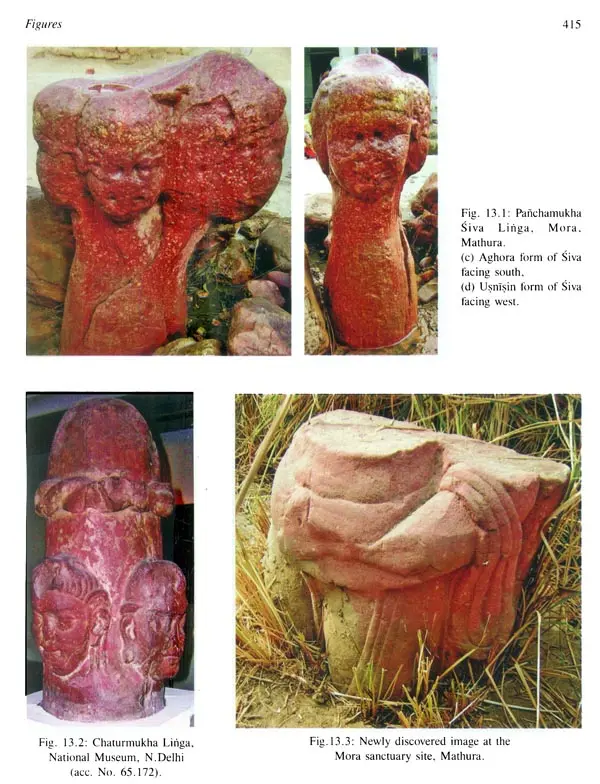
Mathura- An Art and Archaeological Study
Book Specification
| Item Code: | UAM567 |
| Author: | Vinay Kumar Gupta |
| Publisher: | Kaveri Books |
| Language: | English |
| Edition: | 2013 |
| ISBN: | 9788174791412 |
| Pages: | 440 (Throughout Color Illustrations) |
| Cover: | HARDCOVER |
| Other Details | 11.00 X 9.00 inch |
| Weight | 1.70 kg |
Book Description
The book, supported with notes, references and bibliography is well illustrated and tries to overcome many shortcomings related with information on the art and archaeology of the Braj region.
Till recently, he was working as Consultant (Publication) in the Archaeological Survey of India, New Delhi where he played important rple in the editing work of various important publications. Presently, he is working as an Assistant Professor (Ancient Indian History, Culture and Archaeology) in the Central University of Sagar, Madhya Pradesh.
For me personally, the charm of the book lies in the documentation of its myriad of sites, mostly high mounds located possibly on high natural formations themselves. Such mounds are also seen in some profusion in the Etah and Etawah districts, possibly more in Etawah than in Etah. The Hathras area has also many of them, and if one remembers correctly, they extend in the south right up to Mainpuri. Dr Gupta's explorations have established Mathura as the hub of a vast route network: from Mathura to Ahichhatra; from Mathura to Rohitaka and beyond; from Mathura to Indraprastha; from Mathura to Sankisa and Kanauj; and from Mathura to west India through Rajasthan and Malwa. Along each of these lines, the sites noted by Dr Gupta serve as impeccable markers. The relative significance of these routes is always debatable, but I find the alignment through Rohitaka, Hansi, Hissar, Abohar and beyond interesting. Similarly, one is excited by the old alignment which one notices along the Mathura> Deegh>Rupbas> Dholpur> Ranthambhor axis leading to Malwa and the interior of Rajasthan. An important byproduct of this study is a much more clear idea of the archaeological topography of Mathura as an ancient settlement.
Those who are not mere archaeological way farers will also find interesting points regarding diverse features of Mathura's history at every step in this book. Of special significance is the exhaustive literary documentation that its author has undertaken on the ancient Vraja, and the same may be said about the wealth of its sculptural and iconographical details. It is very heartening to note that Dr Gupta has proved himself to be as much of a master of iconographic studies as he apparently is of the ground survey of archaeological ruins.
Ancient Vraja is a very lovely area to know. Many years ago I saw a Chinkara deer jumping about near a railway track, and on another occasion, a Chital was peering at us through the millet stalks in the outskirts of a village. In the monsoon, during the Parikrama season, the hospitality extended to the pilgrims by the villagers is unbelievable in this modern world and times. The dusty tracks of the villages in summer, winter and spring seem to have a special charm of their own.
The selected for the present research work is about 11,500 square km considering Mathura city centre radius about 60 km for this roughly circular area. This area covers the district Mathura, major parts districts of Bhagalpur and Hathras and parts districts of Aligarh, Agra, Mewat Palwal. time is specific as the main emphasis been on ancient period (from earliest times, P.G.W., to Kushan period) throughout terracotta studies cultural periods been included keeping in mind importance. Although, have tried work important aspects and cult of various deities the art of Mathura; an important aspect about the royal portraits the Kushan of Mathura has been left because firstly didn't find any portrait during explorations and also because it has been dealt with enormous precision J.M. Rosenfield and other great scholars. Some terracotta figurines have been discussed the chapter early terracotta’s. Numismatic and epigraphic survey the purview this research.
Book's Contents and Sample Pages

